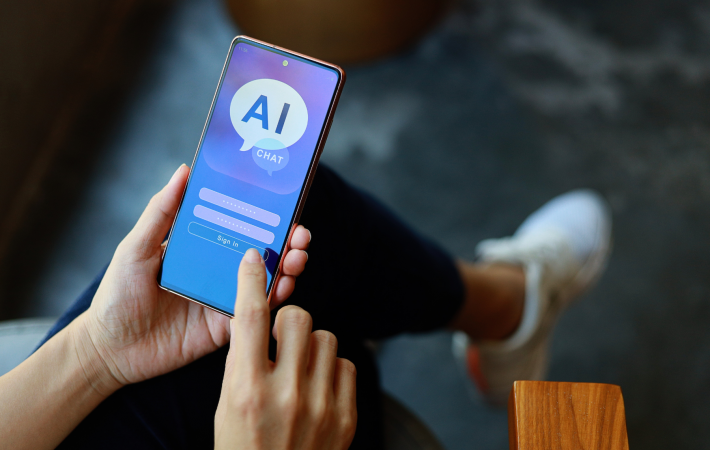
Artificial Intelligence (AI) can be both a positive and a negative, the difficulty is choosing how and when the use of AI is appropriate.
On first look, AI sounds like an amazing tool to enhance your business. By now we have all more than likely heard about the student who used AI to successfully challenge a parking fine.
Nevertheless, AI tools should be used with caution. An American lawyer found out the hard way that AI is not always the most accurate source of information, when the document he submitted to court contained fake cases that AI tool ‘ChatGPT’ had created to prove the argument correct.
So how do you strike the right balance? Below is a range of ways in which AI can cautiously be used within the workplace.
AI tools are increasingly being used in the initial stages of the recruitment process. AI chatbots like ChatGPT can read CVs and make a decision on whether or not to progress applications based on the information it has been provided.
This obviously saves time, cost and energy for the employer as it helps narrow down who should be progressed to the interview stage based on their CV and job application.
It is important to note, however, that AI makes the decisions based on data inputted during the process. The employer needs to be aware of unconsciously discriminating against any groups who share a protected characteristic.
AI apps can be paired up with existing CCTV systems and used to analyse workplace behaviour. AI is able to detect employees who are wearing insufficient PPE and detect potential hazards. It can also be used to monitor the condition of machinery and detect anomalies.
However, employees do not like being constantly monitored and a fine balance will need to be struck between the health and safety of the employees and the over intrusive nature of constant monitoring. Furthermore, AI is only effective with known hazards. This means that if a new hazard emerges, AI might not be able to predict or detect it, and so there are limitations.
AI software can further be used to analyse workloads, deadlines, orders, customer footfalls and employee availability and skills to determine how many members of staff will be required to accurately meet the needs of the business.
This reduces management time and helps reduce favouritism or allegations of favouritism when allocating shifts and work.
AI apps can also be used to analyse performance of the workforce and recommend areas of improvement and identify an employee’s knowledge gaps. AI apps does this by monitoring an employee’s workflow and performance.
The use of such monitoring technology can be considered to be intrusive, and so it should only be used in a proportionate manner.
When using AI, employers need to be conscious of the data they are using. Data protection law requires employers to minimise the amount of personal data used, but AI requires lots of data.
Additionally, some of the data used by HR is special category data which needs to be handled carefully.
AI is currently considered high risk for security of personal data, so employers need to be careful of how much information they are inputting into AI and decide whether the use of AI is necessary and proportionate.
If you have any concerns about the use of AI in the workplace or need your policies updating to include the use of AI, please get in touch.

Contact Emily to discuss this further.